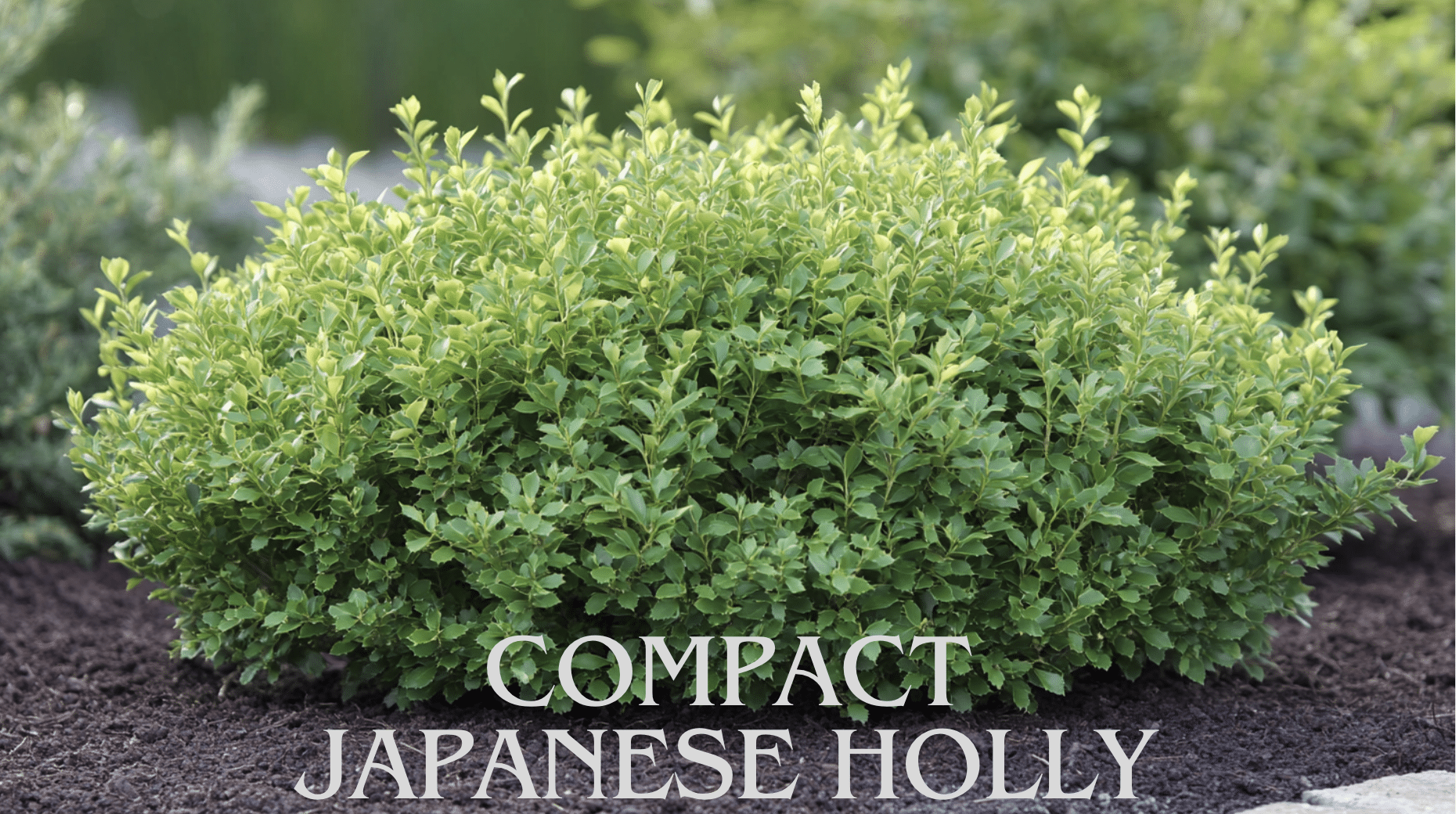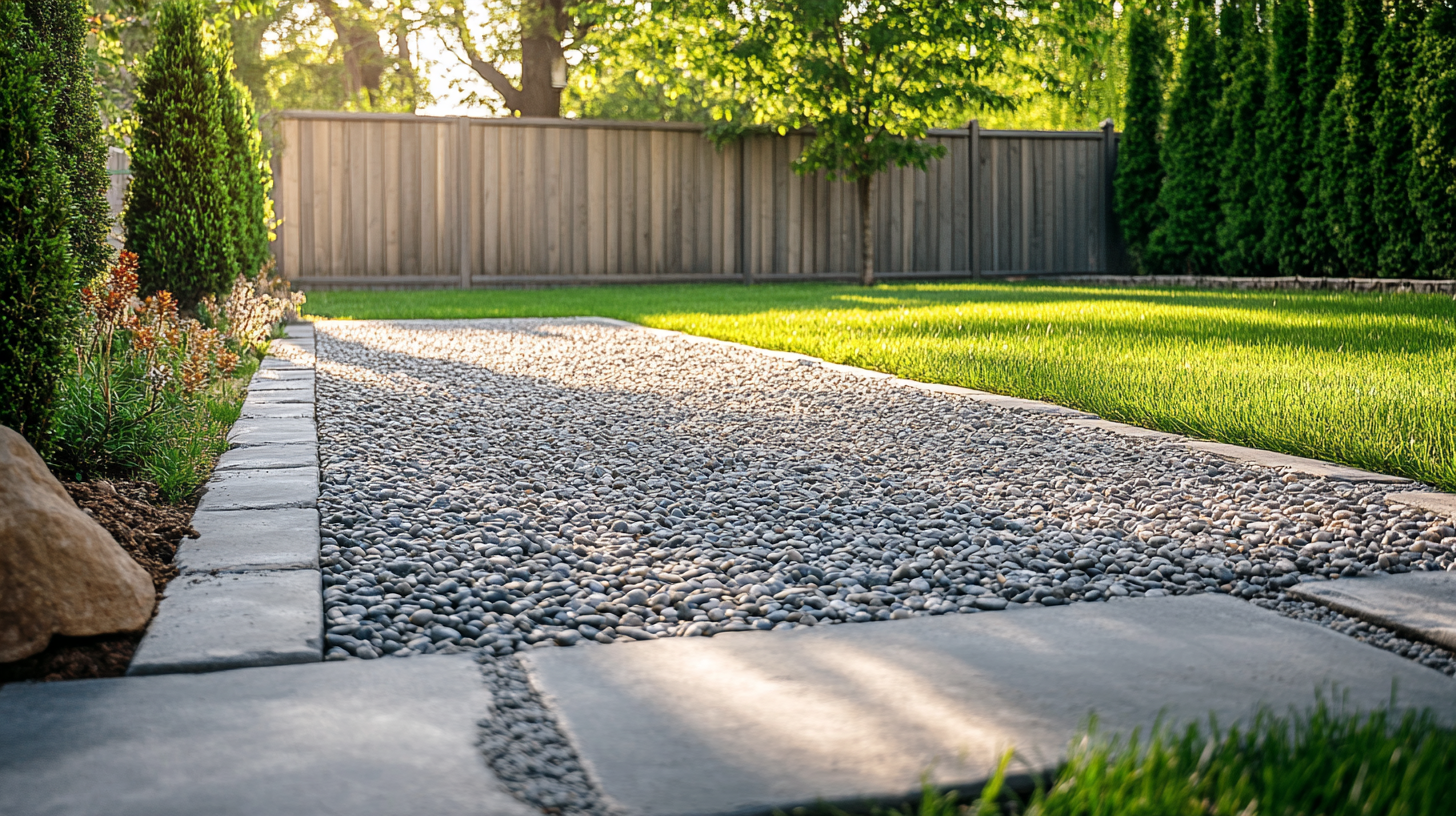Compact Japanese Holly 101: Planting, Care, and Fun Facts
Are you looking to add a hardy evergreen shrub to your garden? Meet the Compact Japanese Holly, a small yet sturdy plant that fits many outdoor spaces. This guide explains everything about this useful addition to your landscape.
You’ll learn why gardeners choose this holly variety for hedges, borders, and foundation plantings.
We’ll cover the basic facts, from its size and shape to its growing needs. You’ll also find out how to plant, water, and trim it for the best results.
Want to keep your holly healthy? We’ll share tips about soil types, sun needs, and common care practices. Plus, you’ll pick up helpful facts about this plant’s special features.
By the end, you’ll know if this reliable shrub matches your gardening goals and how to help it grow well.
What is Compact Japanese Holly?
Botanical Overview: Compact Japanese Holly (Ilex crenata ‘Compacta’) comes from East Asia, with roots in Japan and Korea. This plant belongs to the Aquifoliaceae family. It’s a smaller version of the regular Japanese Holly.
Physical Characteristics: This evergreen shrub shows off small, rich, dark green leaves that stay on year-round. Its leaves are less than an inch long with tiny teeth along the edges.
The plant grows in a rounded, dense form that creates a full appearance. The stems start purple when new and turn brown as they age.
In spring, small white flowers bloom in clusters. Female plants make small black fruits in late summer and fall. Male plants don’t produce fruits but help pollinate female plants.
Both types grow well together and reach about 5-6 feet in height and width. The plant forms multiple stems and spreads outward as it grows. This compact size makes it perfect for foundation planting and hedges.
Ideal Growing Conditions for Compact Japanese Holly
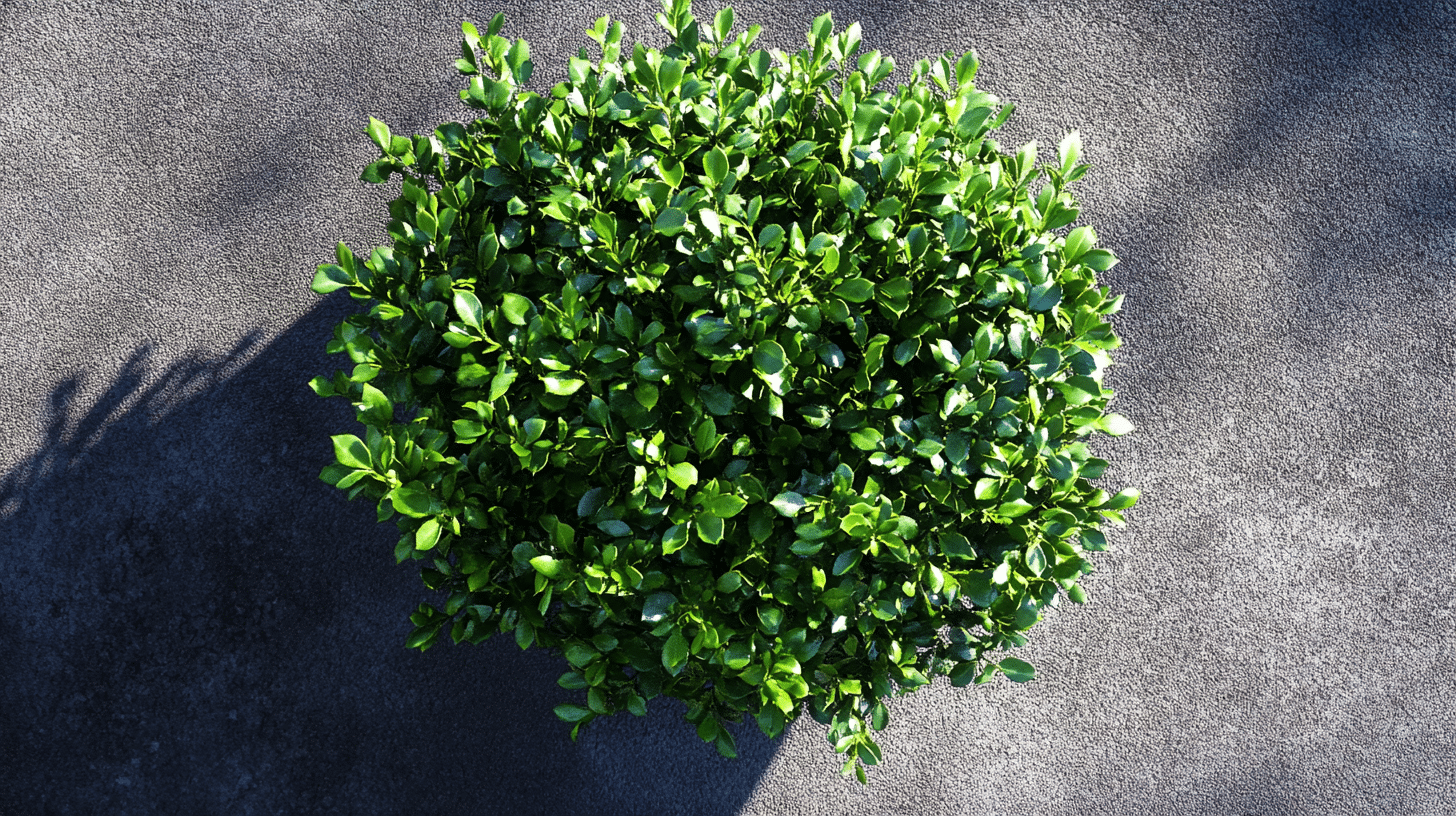
1. Sunlight Requirements
This plant does well in both sunny and partly shaded spots. It needs at least 2-6 hours of direct sun daily. For best growth, plant it where it gets morning sun and light afternoon shade.
2. Soil Preferences
The plant likes well-drained soil that holds some moisture. It grows best in:
- Clay soil
- Loamy soil
- Sandy soil with good drainage
- Slightly acidic to neutral soil (pH below 8.0)
Watch out for yellow leaves – they often mean the soil is too alkaline.
3. Climate Compatibility
Compact Japanese Holly fits well in USDA zones 6 through 9. This means it can handle:
- Cold winters down to -10°F (-23°C)
- Various humidity levels
- Heat in southern regions
- Urban environments
The plant might need extra care in hot, humid areas like zones 8 and 9. It handles city conditions well but needs regular watering during dry spells.
Growth Habits and Expected Size of Compact Japanese Holly
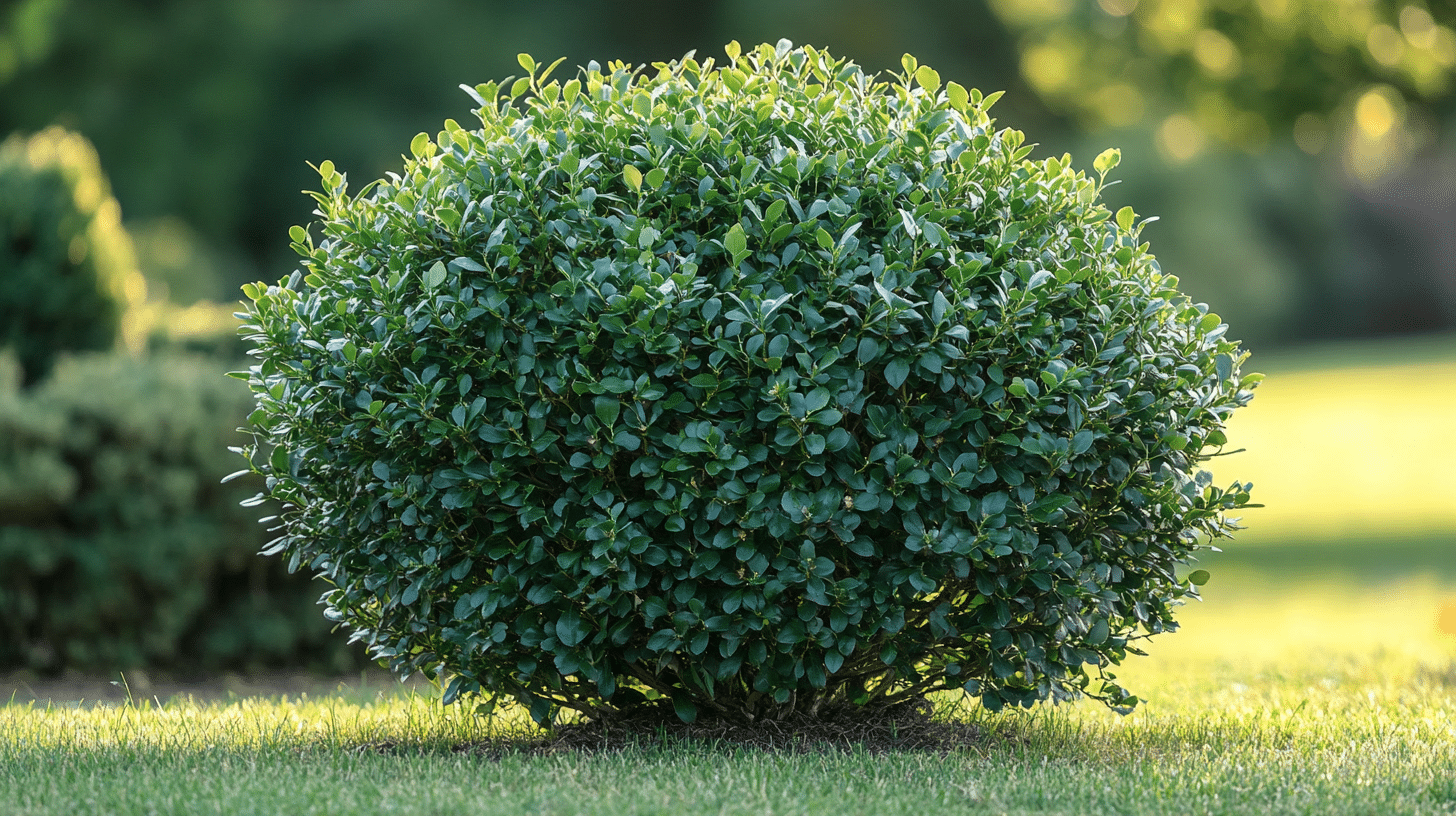
Mature Size
This shrub reaches a manageable size at full growth:
- Height: 5 to 6 feet
- Width: 5 to 6 feet
- Shape: Round and dense
It stays smaller than its parent plant, which grows 10 feet tall.
Growth Rate
The plant grows at a medium pace. You can expect:
- Steady growth each year
- Fuller shape over time
- Good branch spacing
- Even spread as it matures
Lifespan
With proper care, these shrubs last many years in the garden. They need:
- Regular water
- Yearly trimming
- Good soil conditions
- Protection from harsh weather
The plant fills out well over time, making it a reliable choice for long-term garden plans. Its steady growth pattern helps maintain its neat shape year after year.
How Much Water Does Compact Japanese Holly Need?

New plants need careful watering to settle into their spots. Water deeply right after planting. Check the soil with your finger – if it feels dry two inches down, it’s time to water.
In the First Growing Season:
- Water twice a week
- Give extra water during hot spells
- Keep soil moist but not soggy
For Established Plants:
- Water once or twice weekly in summer
- Cut back to once weekly in spring and fall
- Watch for dry soil in winter
- Add water on warm winter days
Signs Your Holly Needs Water:
- Dry soil around the base
- Less shiny leaves
- Slower growth
IMPORTANT TIP: These plants don’t always show clear signs of water stress. Instead of waiting for the plant to show that it needs water, keep a regular schedule.
Should I Prune Compact Japanese Holly?
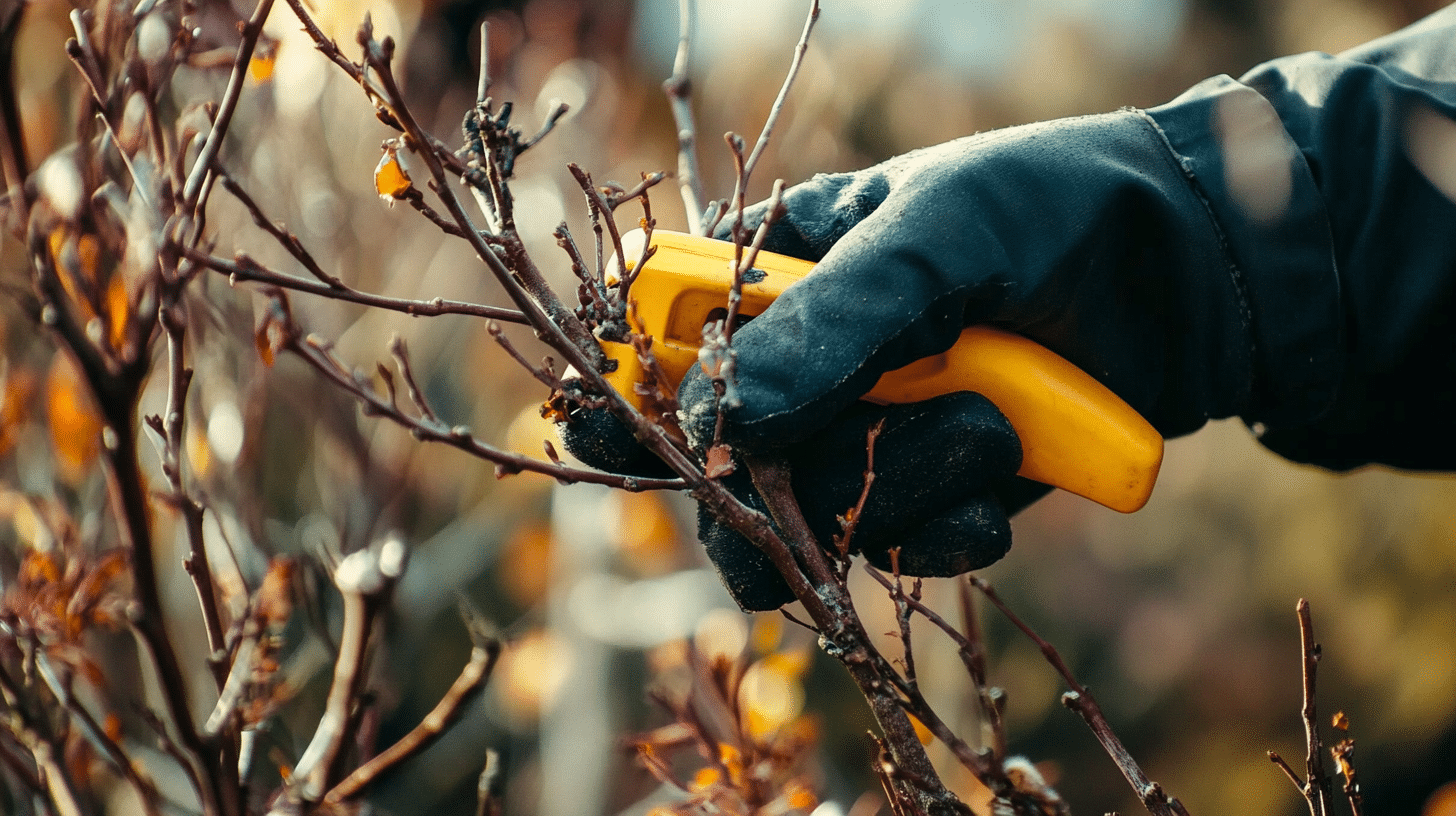
Pruning keeps these shrubs looking neat and healthy. The best time to trim is late winter or early spring before new growth starts.
Basic Pruning Steps:
- Remove dead branches first
- Cut back overgrown stems
- Shape the top slightly narrower than the bottom
- Make clean cuts above leaf nodes
For Hedges:
- Trim tops flat or rounded
- Keep sides slightly slanted
- Cut back about 1/3 of new growth
- Prune 2-3 times per year
For Single Plants:
- Remove crossing branches
- Thin out dense areas
- Keep a natural rounded shape
- Trim back long shoots
Tips for Success
- Use sharp, clean tools
- Don’t cut into old, bare wood
- Leave lower branches fuller
- Avoid pruning in late fall
Care and Maintenance Tips for Compact Japanese Holly
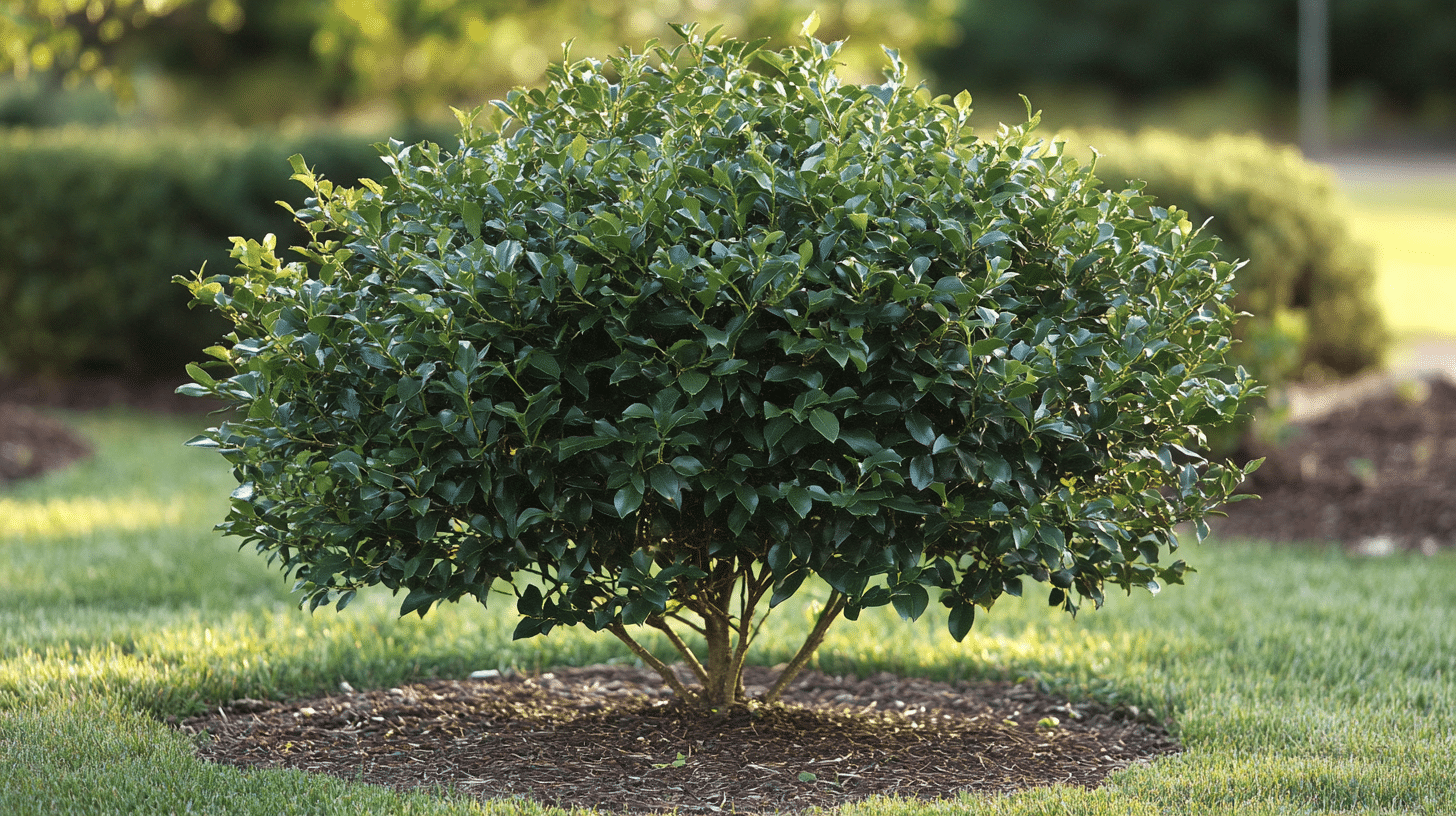
1. Watering Guidelines
Water these shrubs once a week during spring and fall. In the summer heat, water twice weekly. Cut back in winter, but don’t let the soil dry out fully. New plants need more frequent watering in their first year.
Check soil moisture often in hot weather. Push your finger into the soil – if it feels dry two inches down, add water. Poor watering shows up as dull leaves and slow growth.
2. Fertilizer Tips
Feed your holly in late winter, just before new growth begins. If needed, add another feeding in late summer. Pick a fertilizer with iron and sulfur for greener leaves.
Put fertilizer around the outer edge of the branches. Keep it six inches away from the main stems. Water well after feeding to help nutrients reach the roots.
3. Mulch Benefits
Add two inches of mulch around your holly. Keep it away from the main stems. Good mulch choices include:
- Pine straw
- Wood chips
- Shredded bark
- Fallen leaves
Mulch helps hold water and keeps roots cool. Replace old mulch yearly in spring.
4. Pest and Problem Control
Watch for these common issues:
- Spider mites on leaves
- Yellow leaves from alkaline soil
- Root problems in wet soil
- Winter burn on leaves
Check plants monthly for pests. Spray with water to remove small bugs. Proper water and soil care usually clear up most problems.
Fun Facts About Compact Japanese Holly
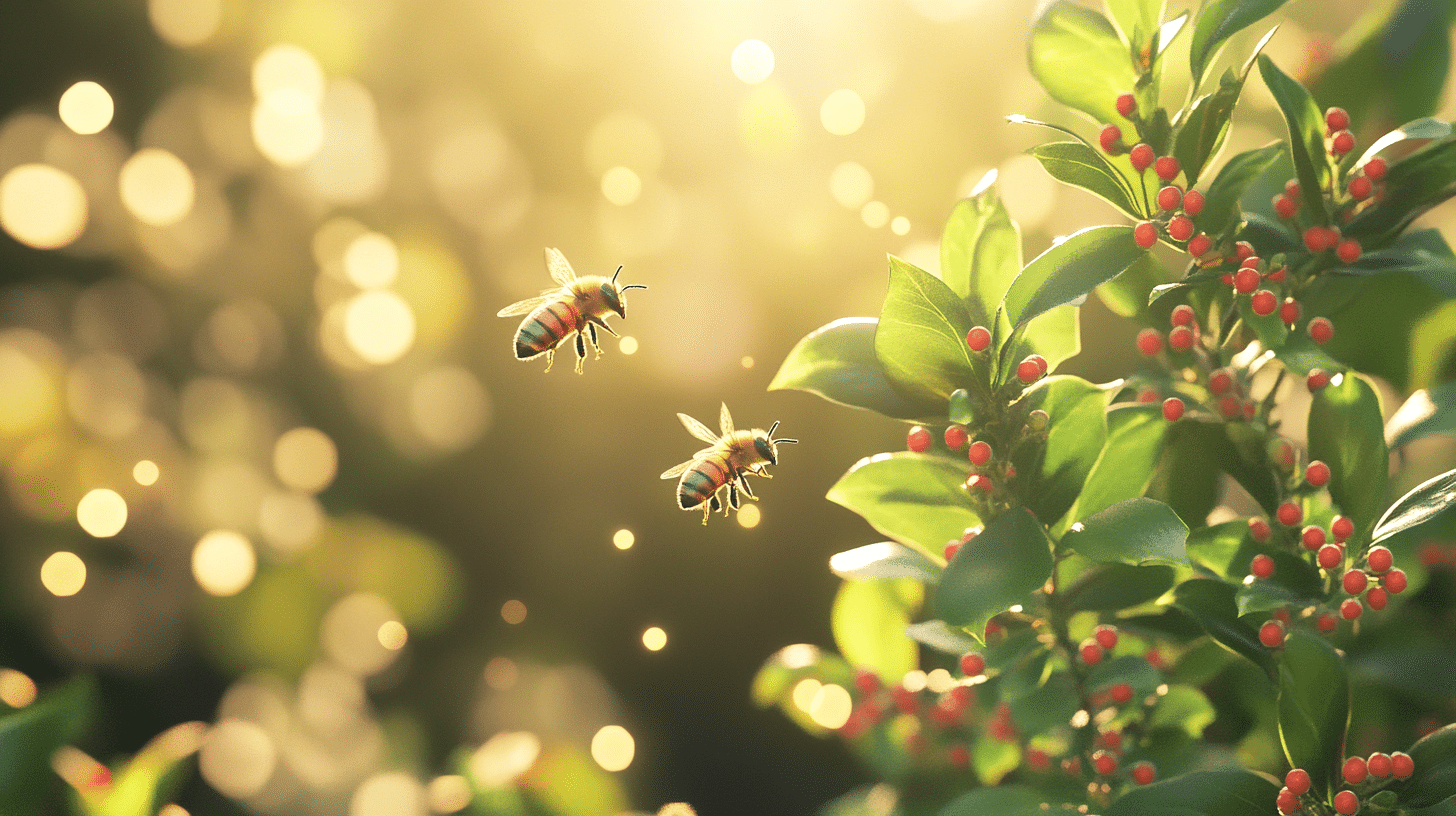
This shrub has several features that make it stand out in gardens:
- Color-Changing Stems: The new stems start purple before turning brown. This adds extra visual interest in spring when fresh growth appears.
- Male and Female Plants: Like many hollies, these plants come in male and female types. Only female plants make berries, but they need male plants nearby.
- Long Family History: The plant comes from Asia, where gardeners have grown it for hundreds of years. Japanese gardens often feature these shrubs.
- Natural Protection: These plants resist deer damage, making them useful in areas where deer often visit gardens.
- Bee-Friendly: The small spring flowers attract bees. A specific bee species, Colletes banksi, particularly likes these plants.
- City-Smart Plant: It handles urban conditions well and is perfect for city gardens and streets.
- Living Fence Option: Many use these shrubs to create natural walls between yards. They work well because they grow evenly and take trimming well.
Conclusion
This handy guide shows why Compact Japanese Holly works well in many gardens. From its neat size to easy care needs, this shrub offers many benefits for home gardeners.
Remember the basics: give it the right amount of sun, keep the soil slightly acidic, and water regularly. You’ll have a healthy shrub that lasts for years with proper care.
Its dense growth and steady habits make it perfect for hedges, borders, or single plantings. Are you ready to add this reliable plant to your garden?
Start with one or two shrubs to see how they fit your space. Try them near your home’s foundation or as part of a mixed border.
Have you grown Compact Japanese Holly? Share your tips in the comments below. We’d love to hear about your success stories and answer any questions.
Frequently Asked Questions (FAQs)
How Big Does a Compact Japanese Holly Get?
Compact Japanese Holly reaches 4-6 feet in height and width, making it ideal for hedges, borders, and compact landscapes.
Is Compact Japanese Holly Deer Resistant?
Yes, Compact Japanese Holly is deer resistant. Its dense foliage naturally deters deer, making it suitable for deer-prone areas.
Can Compact Japanese Holly Be Grown in Pots?
Yes, it can grow well in pots. For optimal growth, use well-draining soil, ensure regular watering, and place it in sunlight.

